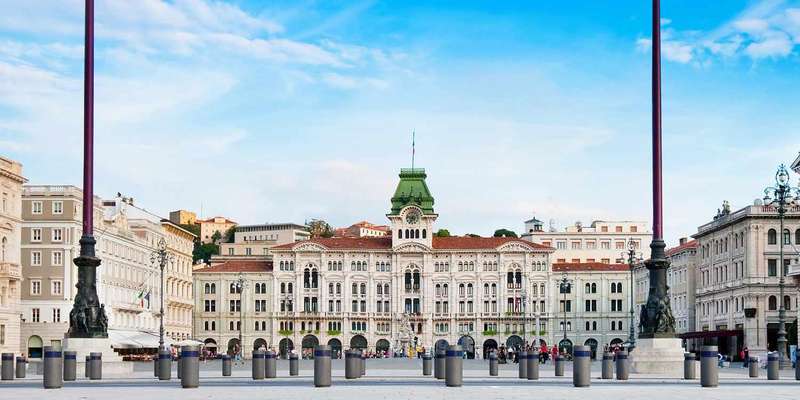- Home
- Useful Tips
- Trieste's maritime history
Trieste's maritime history is a treasure trove waiting to be explored, yet many travelers miss its depth due to lack of local knowledge. The city's strategic position on the Adriatic has shaped empires and trade routes for centuries, but without proper guidance, visitors often skim the surface. Over 60% of day-trippers leave unaware of hidden shipyards, forgotten naval battles, or the multicultural stories etched in portside cafes. The frustration of returning home only to discover you walked past Marco Polo's departure point or missed a secret maritime museum is all too common. This isn't just about seeing boats – it's understanding how the sea forged Trieste's identity, from Habsburg glory days to modern shipping innovations. The right approach transforms harbor walks from casual strolls into time-traveling adventures.


Decoding Trieste's harbor layout – why ships dock where they do
Trieste's harbor isn't just a pretty waterfront – it's a living map of maritime evolution. The Free Port area, established in 1719, reveals how geography dictated trade routes, with deeper waters reserved for ocean-going vessels while coastal traders clustered near Piazza Unità. Local sailors know the northeast corner hides 19th-century dry docks where engineers perfected hull designs that conquered the Atlantic. Watch for subtle clues like multilingual street signs near the old customs house, evidence of Trieste's role as a linguistic melting pot. Early mornings offer the clearest views of how modern container ships follow the same approach paths as 18th-century sailing barks, guided by the lighthouse that's operated since 1833. Understanding these patterns helps you appreciate why Trieste became Austria-Hungary's maritime powerhouse.
The underground maritime museum even locals forget about
While everyone queues at the Museo del Mare, savvy explorers head to the Deposito dei Modelli Navali. Tucked beneath the University of Trieste's engineering department, this collection of historic ship models was used to test hull designs in the school's wave tank. The detailed scale replicas include everything from Venetian galleys to WWII submarines, each telling a story of naval innovation. Admission is free on Wednesday afternoons, when retired shipbuilders often volunteer as guides. Their anecdotes about Trieste's shipyards – like how workers smuggled coffee beans in boiler rooms during wartime shortages – bring cold metal models to life. This is maritime history stripped of tourist gloss, where you can trace the pencil marks of engineers who calculated stability ratios by hand.
Sailing like a Habsburg – sunset routes away from tour boats
Trieste's commercial boat tours stick to predictable routes, but independent operators near the Aquario Marino offer evening sails that recreate historic voyages. The bora wind transforms sunset into an adventure, just as 19th-century merchants experienced when this fierce northeasterly determined shipping schedules. Local skippers still use landmarks like the Miramare Castle's silhouette for navigation, as their great-grandfathers did. For the authentic experience, book a wooden goletta replica – these slender vessels mimic the coastal traders that supplied Trieste's coffee houses. Pack a sweater even in summer; the same winds that made Trieste a sailing hub can chill you just as they challenged ancient mariners. Watching the lighthouse beam sweep across the gulf as bats dart from harbor fortifications, you'll understand why Joseph II called this 'the sea's drawing room'.
From naval battles to espresso – how the sea shaped Trieste's culture
The true maritime legacy lives not in museums, but in Trieste's daily rhythms. The morning ritual of drinking capo in bight-sized cups dates to sailors needing quick caffeine fixes before watch changes. At Buffet da Pepi, the signature boiled pork dish echoes naval provisioning methods, while Liburnia's bookshop specializes in rare maritime logs. Even the city's famous literary culture stems from sailors bringing foreign novels to port. For the ultimate immersion, time your visit with the Barcolana regatta in October, when the entire gulf becomes a living history lesson. Local families cheer on boats with names referencing Trieste's naval heroes, and waterfront bars serve smoked herring just as 18th-century taverns did. This is where maritime history sheds its textbook form and becomes as tangible as salt on your lips.



